I love coming up with a solid resume design as much as I enjoy writing them. A well-thought-out design only makes great content that much better. And of course, the opposite also holds true, that ineffective presentation will actually detract from the quality of the content, and how well it’s received.
Writing a resume is like putting together a complex puzzle – you have literally hundreds of pieces of information to connect together into a cohesive end product, and you have to do so in a way that makes sense and is visually appealing to your reader.
I come from an artistic background, so I’ve always enjoyed the strategy and design challenge of infusing an eye-catching look and feel into a document that poses its own set of stringent formatting standards. It truly is its own form of information design.
I often referenced The Information Design Handbook as I was educating myself on creating effective information flow, and understanding the balance between the display of information on the page and its function.
I’ll share with you a couple of practical insights into the principles of effective information design and presentation tactics that I incorporate into my work, and that you can adapt to your own process for designing eye-catching, story-telling resumes that appeal to hiring managers and stand out from the crowd of blah. Let’s examine 3 key theories:
Theory 1: Our capacity for learning is linked with our emotional state. Create a favorable path for your message by setting your user at ease.
This idea examines the behavior of the “users” who are reading your document, your web page, or anything else. It states that your audience will naturally gravitate toward familiar and easily accessible information in preference to sources that require greater effort. So think about this in the context of readability and scan-ability. Is the information laid out on a page in a way that encourages your audience to scan through it easily, or are they likely to be deterred by big blocks of text, lengthy bulleted sections, or distracting formatting elements or justification?
E. St. Elmo Lewis, a pioneer of American Advertising, supports this idea in saying, “The organization of content directly affects our ability to receive a message. If the information appears jumbled and overwhelming, viewers will disconnect.”
Theory 2: Information overload will affect a reader’s ability to process and understand information due to the overwhelming amount of data available.
Information overload leaves us unable to determine which information and relevant and credible, and in the case of a resume, cramming too much information can limit your chances of fair consideration by clouding your core message. In addition to what I mentioned earlier about having too much information on a page, it’s equally important to make sure you’re including only the most relevant information, versus bloating your job descriptions and summary statements with everything you’ve ever done. If you’re going for an Art Direction position and your current role also has you wearing a lot of hats, it might make sense to leave out the part about being the interim office manager so as not to detract from your key qualifying points.
Theory 3: Don’t decorate, design.
As I’ve always said, resumes (and their cover letter, bio, social media, and LinkedIn counterparts) are content driven, not design driven. Snazzy design will never make up for poor, unconvincing content. Keep the design of your resume simple when incorporating visual elements or formatting aspects. Focus on clarity by doing the minimum necessary to convey each idea. That’s not to say you can’t experiment with different fonts, layouts, or even text colors. But If it doesn’t serve a communication function, leave it out.
What I love about applying the concepts of information design to the resume process, besides that few people think to do it, is that these are tried and true methods from experts on communication, knowledge exchange, and how we as humans interpret information through design. While it borders on common sense in some facets, these are also concepts that can make or break the effectiveness of your resume and your marketing approach as a whole.
If you’re interested in learning more, you can check out The Information Design Handbook by Jenn + Ken Viscoky O’Grady.
